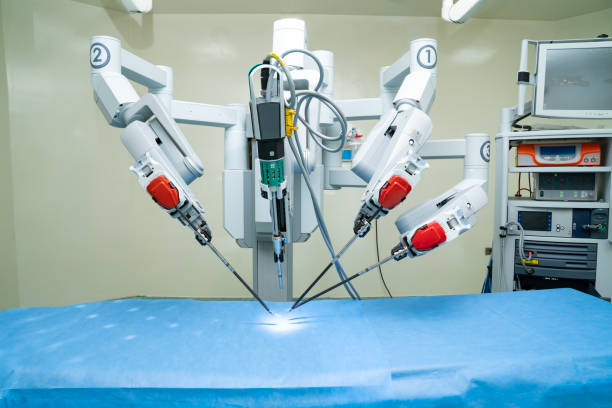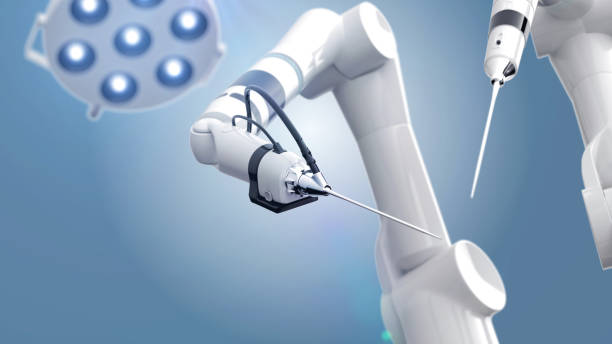
At AmericaBots.com, we celebrate the pioneers of robotics and the technologies shaping our future. One of the most impressive milestones in modern robotic innovation is the DaVinci Surgical System.
Developed by Intuitive Surgical and inspired by early U.S. Department of Defense research, the DaVinci System was designed to extend the surgeon’s hands into places once thought impossible. Using robotic arms, micro-instruments, and a 3D high-definition camera, it allows doctors to perform operations with extreme precision—through tiny incisions that heal faster and reduce patient risk.
Today, the DaVinci System is used in hospitals worldwide, supporting millions of successful surgeries in fields such as urology, gynecology, cardiothoracic, and general surgery. Patients benefit from less pain, shorter hospital stays, and quicker recovery times—proof that robotics isn’t just about the future, it’s saving lives today.
💰 How Much Does the DaVinci System Cost?
The DaVinci Surgical System is a premium investment in healthcare:
-
Initial purchase price: between $1.5 million and $2.5 million USD depending on the model.
-
Annual service & maintenance fees: around $150,000 – $200,000 USD per year.
-
Surgical instruments & disposables: most tools can only be used about 10 times before replacement, adding hundreds of dollars per procedure.
For hospitals, this can push the total cost of ownership to over $3 million within just a few years. Still, many institutions view it as a worthwhile expense because it elevates their reputation, attracts patients, and improves surgical outcomes.

✅ Pros and ❌ Cons of the DaVinci System
Pros:
-
Minimally invasive procedures with tiny incisions
-
Reduced blood loss and faster patient recovery
-
Enhanced precision with surgeon hand tremor filtering
-
High-definition 3D visualization for better accuracy
-
Improves hospital reputation and patient trust
Cons:
-
Extremely high upfront and ongoing costs
-
Requires significant training for surgeons and staff
-
Longer setup time compared to traditional surgery
-
Limited tactile (touch) feedback during operation
-
Instruments have limited usage before replacement
🚀 The Future of Robotic Surgery
The DaVinci System is only the beginning. Around the world, new robotic platforms such as Versius (by CMR Surgical) and Hugo RAS (by Medtronic) are entering the scene, offering more compact designs and competitive pricing. These systems promise to make robotic surgery more accessible to hospitals that cannot afford the DaVinci’s steep costs.
In the near future, expect to see:
-
AI-assisted surgery where algorithms guide the surgeon’s decisions in real-time.
-
Remote operations, where a specialist can perform surgery from thousands of miles away.
-
Smaller, cheaper robotic units that can be deployed in regional hospitals, not just top-tier institutions.
-
Integration with patient data to personalize each surgery based on medical history and predictive analytics.
This evolution shows that robotics in medicine is not just about reducing scars—it’s about reimagining healthcare entirely.
At AmericaBots.com, we believe these breakthroughs mark the rise of a new era: one where robots are not assistants, but true partners in saving lives. The DaVinci System is proof of what’s possible, and the future will only get more exciting.

👉 Stay updated on the latest in robotics, AI, and healthcare innovation at AmericaBots.com